device under test
I've got a K-type thermocouple wired up through an AD595AQ to an Arduino in single-supply mode (12VDC to pin 11), with the addition of an RC filter across the thermocouple inputs (330ohm resistor, 0.1uF). In other words, the thermocouple+amplifier wiring looks like a combination of the below two images (from the datasheet and a guide on signal conditioning the AD595):
The Arduino receives input from a connection on pins 8-9 running to one of the analog inputs.
error symptoms
Testing the thermocouple with a multimeter on its own gives correct temperature of the measuring site, but reading the temperature off from the AD595 output gives strange results:
Reading from a multimeter at the AD595 output:
122mV-143mV # reasonable ambient temperature at 10mV/degC 1110mV-1150mV # nonsensical reading obtained with hand on thermocouple positive leg
9C-13C is the right temperature for ambient right now, with everything else powered off. However, when I turn the heater relay on, the output pegs at 111C.
I added another AC/DC supply so that the AD595 would be isolated from the heater, but it didn't change the behavior. Removing the filter on the AD595 input also had no effect.
What am I missing?


